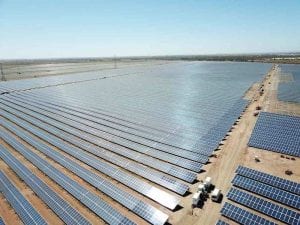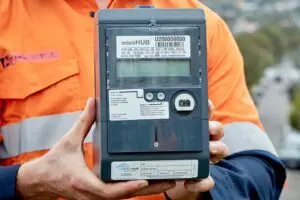The case for battery storage on Australia’s electricity grid has received a major boost with yet another landmark reform that does away with rules that are no longer fit for purpose for the transition to new technologies.
The new rules relate to “system strength”, a core electrical quality that is needed for a stable power system, and largely reverse heavily criticised measures introduced just a few years ago that were found to make the situation worse rather than better.
Those rules, ironically called “Do No Harm”, were introduced by the Australian Energy Market Commission and put the focus on system strength requirements on new generation facilities, such as wind and solar farms.
But the requirements were so ill-considered, and their application so uncoordinated and haphazard, that transmission network owners complained it made the grid less stable rather than more stable, and begged for the rule to be changed.
In the last few years there has been a growing understanding of the capabilities of inverter based technologies to deliver system strength, and this has finally filtered through to the key market institutions.
Many new batteries are providing these services, initially in trials, acting as “virtual synchronous machines” that can help protect the grid from the impacts of major disruptions.
The AEMC has taken on board the advice from the market operator, the networks, and technology providers and put the focus back on to the network owners themselves, who have the best understanding of the system strength needs of their own network.
It is now expected to be easier for inverter based technologies – including batteries, wind and solar, and big loads such as hydrogen – to deliver the system strength traditionally supplied by synchronous generators such as coal and gas plants.
“Our approach to this rule change is a practical one, incorporating significant stakeholder input and analysis, that seeks to mitigate the consequences of inefficient market outcomes due to a lack of system strength,” said Anne Collyer, the AEMC chair.
“This should translate into more energy producers entering Australia’s national electricity market, which is a win for competition and a win for consumers.
“Without this important measure, it would be harder for cleaner new sources of energy to connect to the grid so that their energy can be transported to households and businesses.”
It is one of a number of new reforms that should accelerate the transition to new, inverter based technologies. The switch to 5-minute rather than 30 minute settlements was introduced earlier this month, and a new “fast frequency response” market will also come into effect, both favouring fast-moving technologies.
“This is a landmark new approach to support the transitioning power system,” Collyer said. “These new measures will allow investors to avoid a long, complex and potentially costly process when a new resource is connecting to the grid.
“Investors will also be in a better position to clearly gauge investments by reducing the need for costly and market-distorting interventions.”
“Today’s rule should result in greater system security, fewer costly interventions by AEMO and a system that allows easier and quicker connections of new energy resources to the grid– helping to lower costs for consumers,” Ms Collyer said.
The rule change puts the obligation on transmission networks to provide sufficient levels of system strength, and it is expected this will reduce the costs and delays of connections to the grid, and avoid costly interventions and constraints that are otherwise paid for by generators and customers.
It will introduce new access standards for large loads like hydrogen and inverter based technologies like wind farms, utility-scale solar and batteries that can be set at certain levels of technical performance and reduce the demand for system strength.
It will allow large loads and generators to either pay a charge for system strength or do their own remediation to provide their own system strength.
“Today’s rule should result in greater system security, fewer costly interventions by AEMO and a system that allows easier and quicker connections of new energy resources to the grid,” Collyer said.









